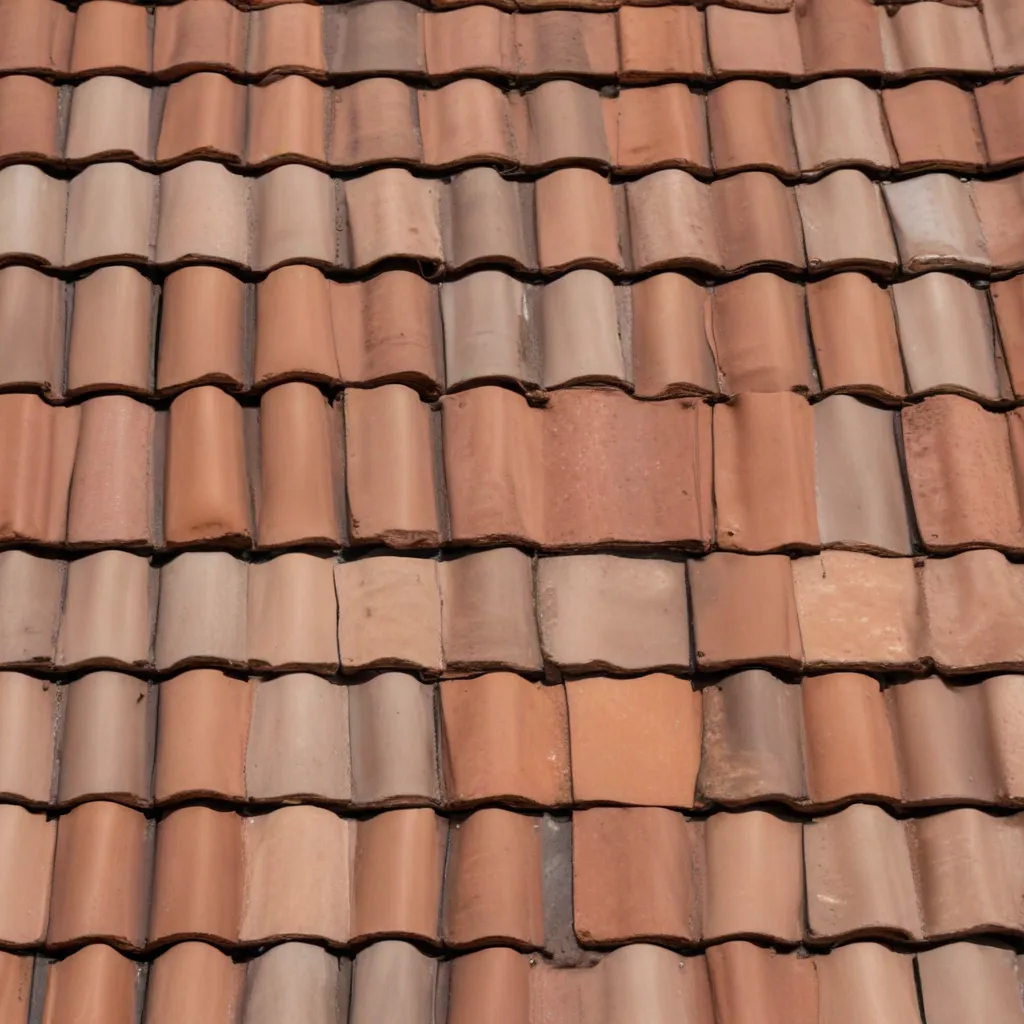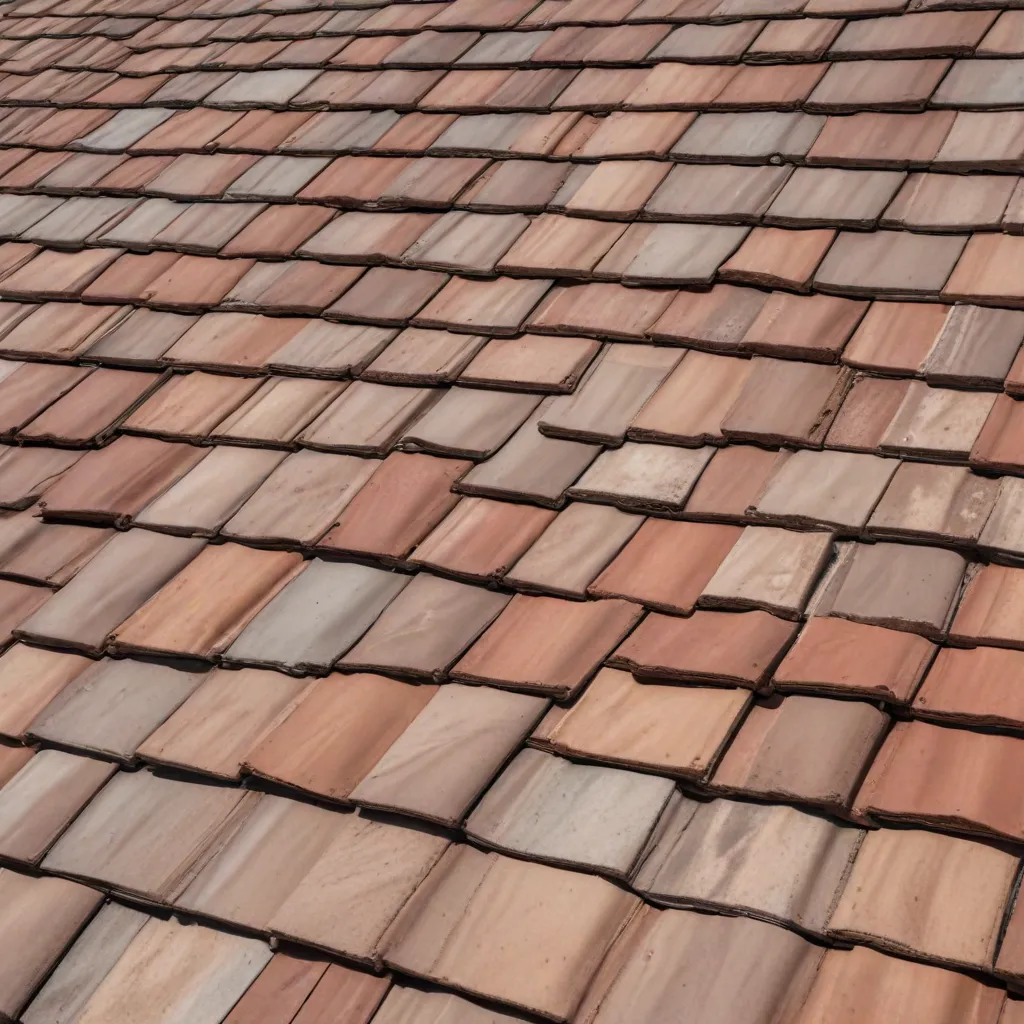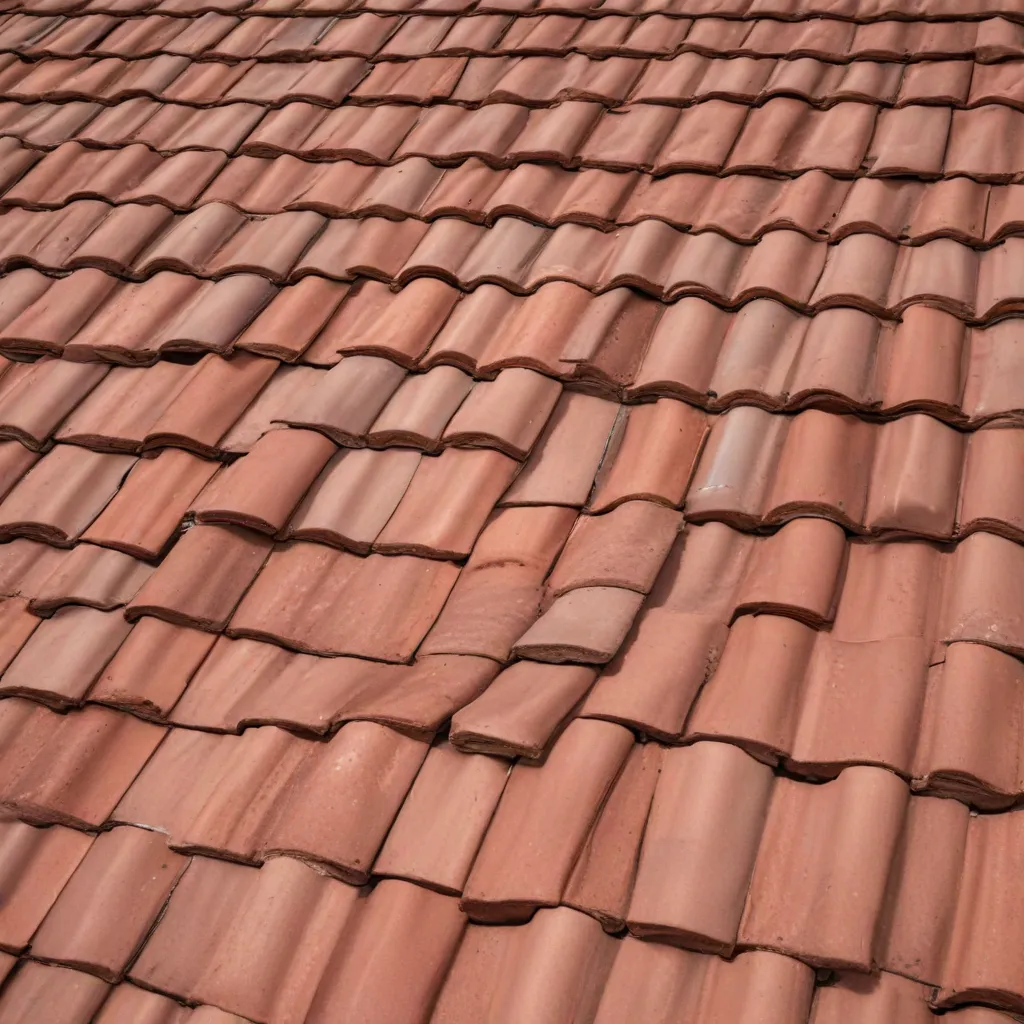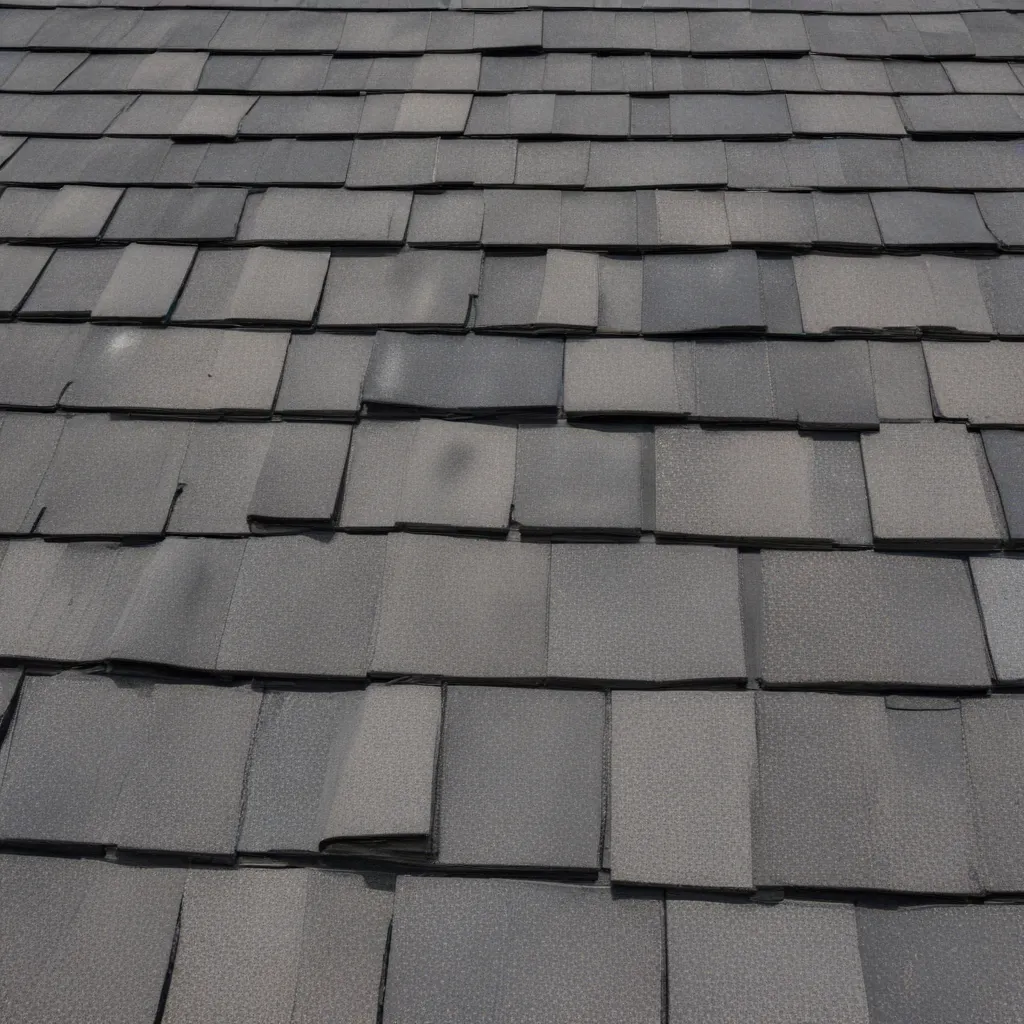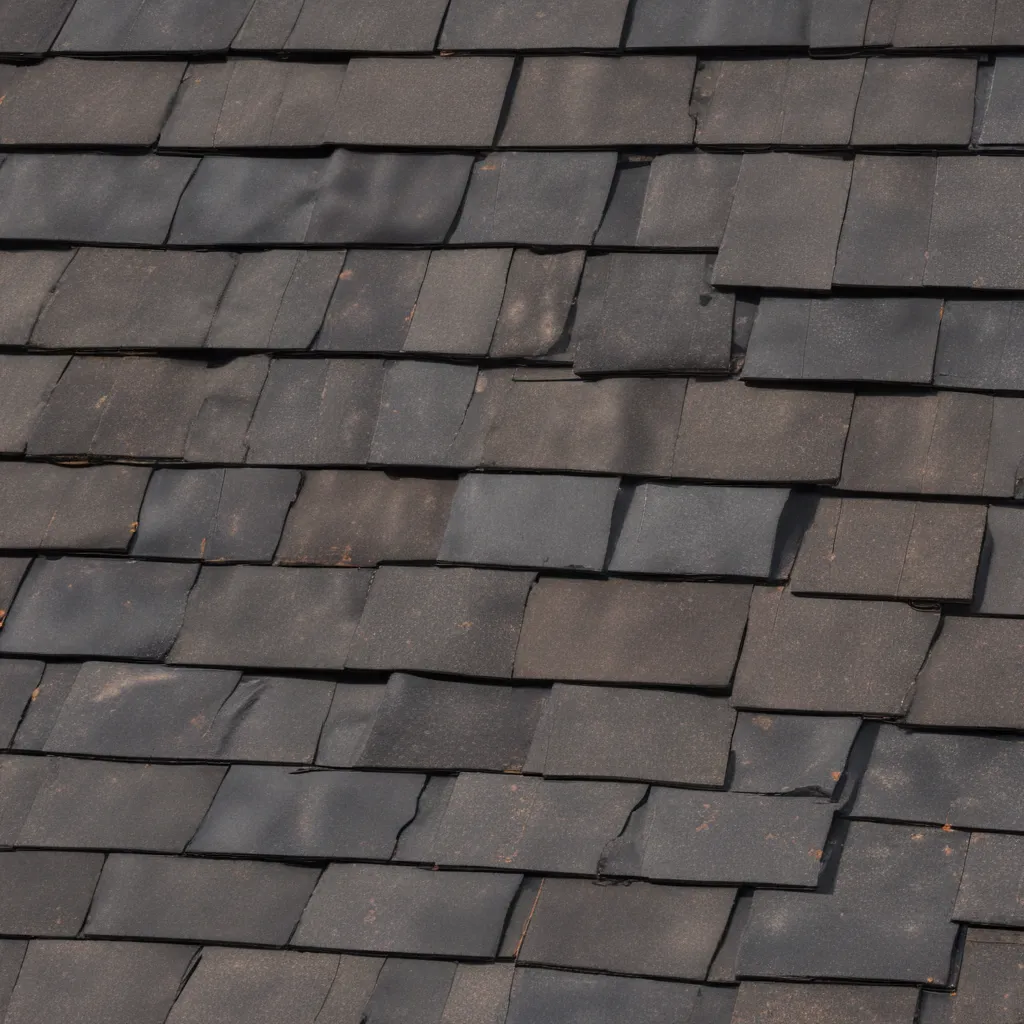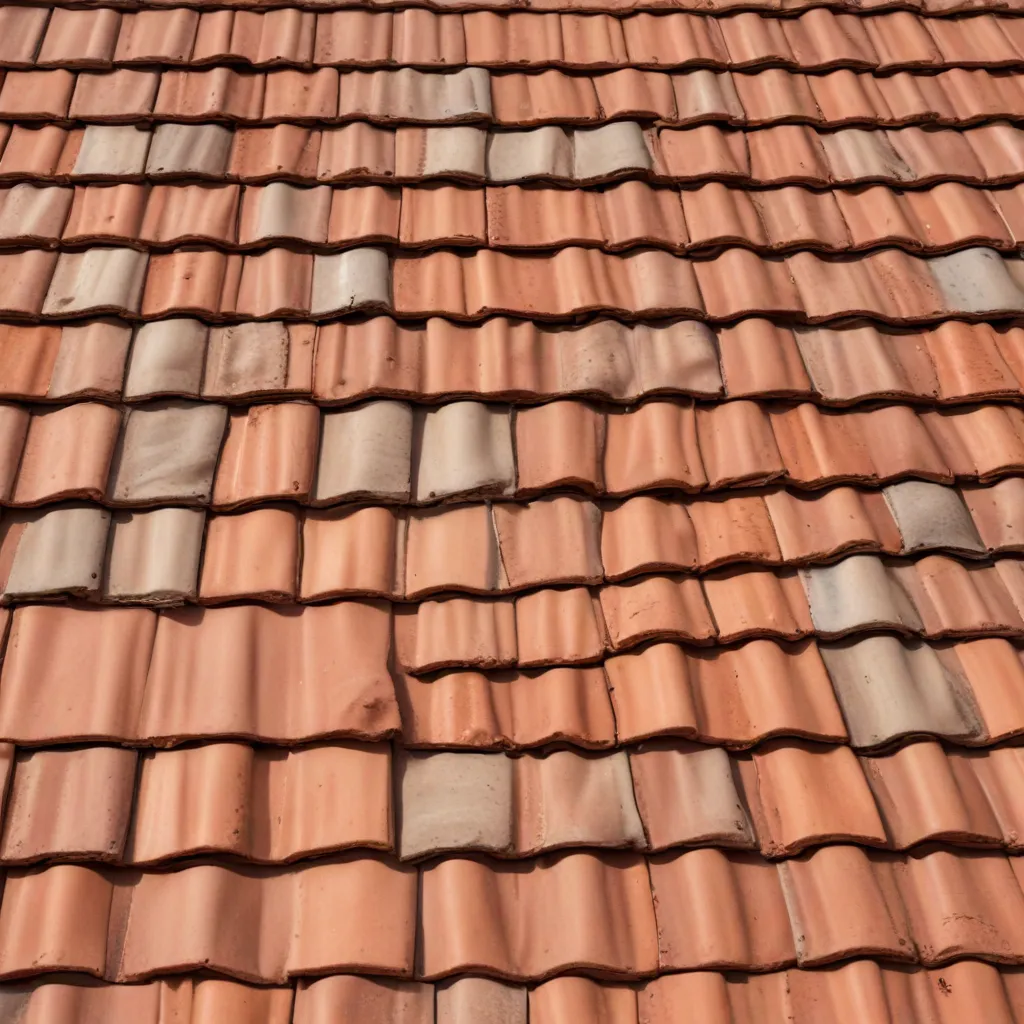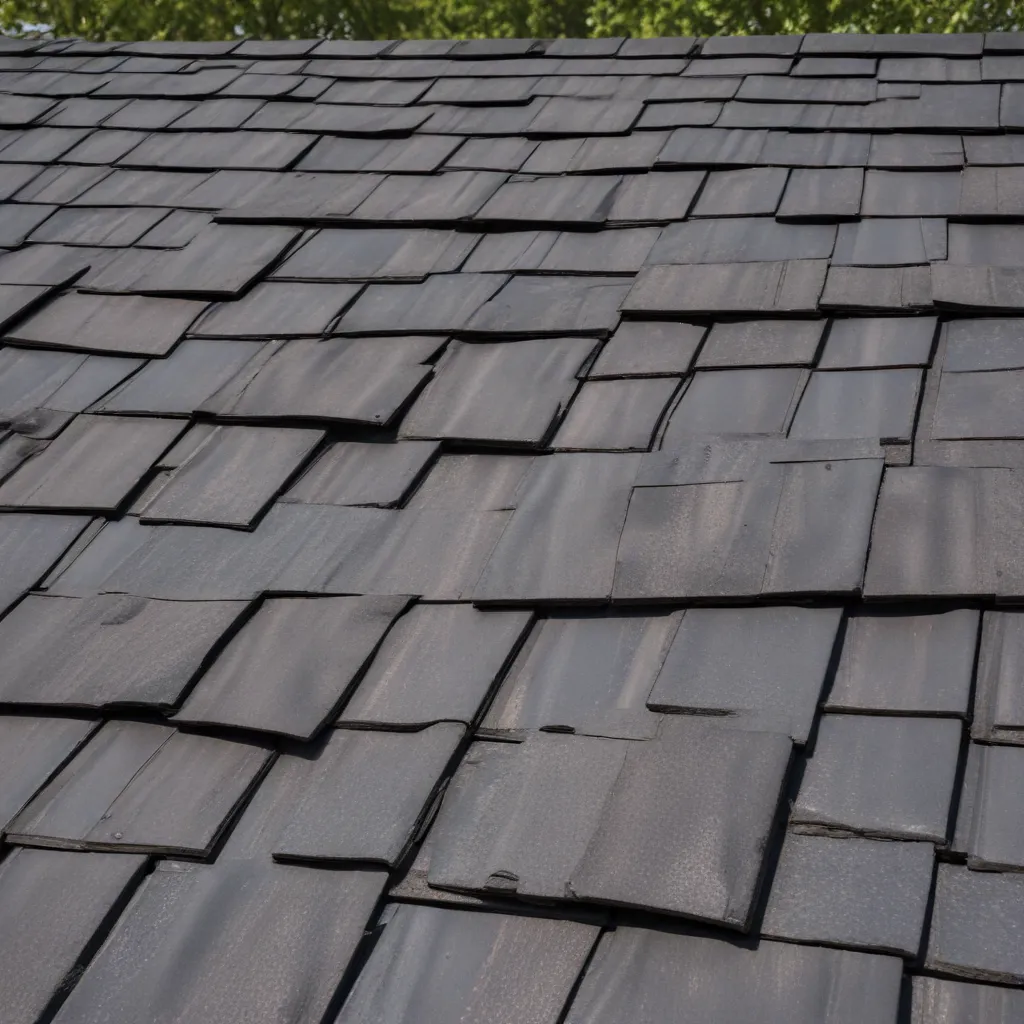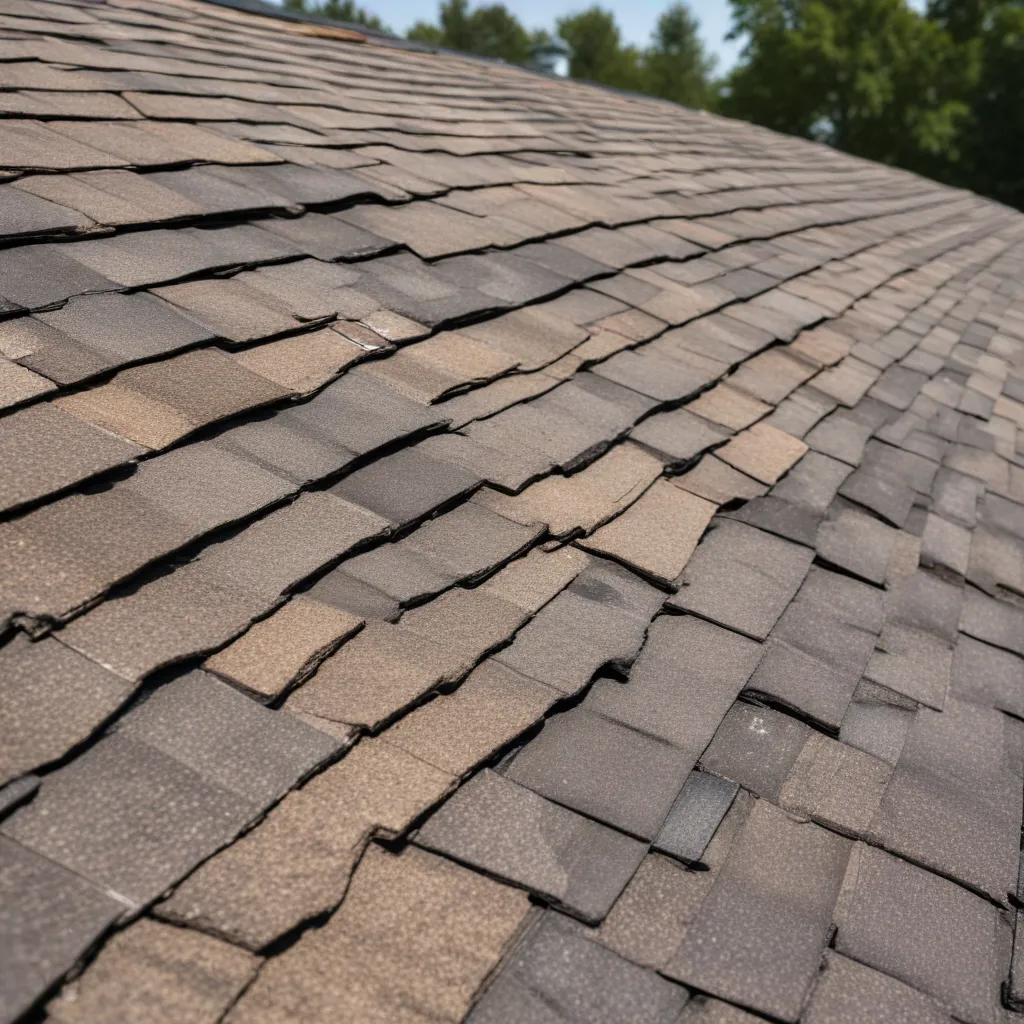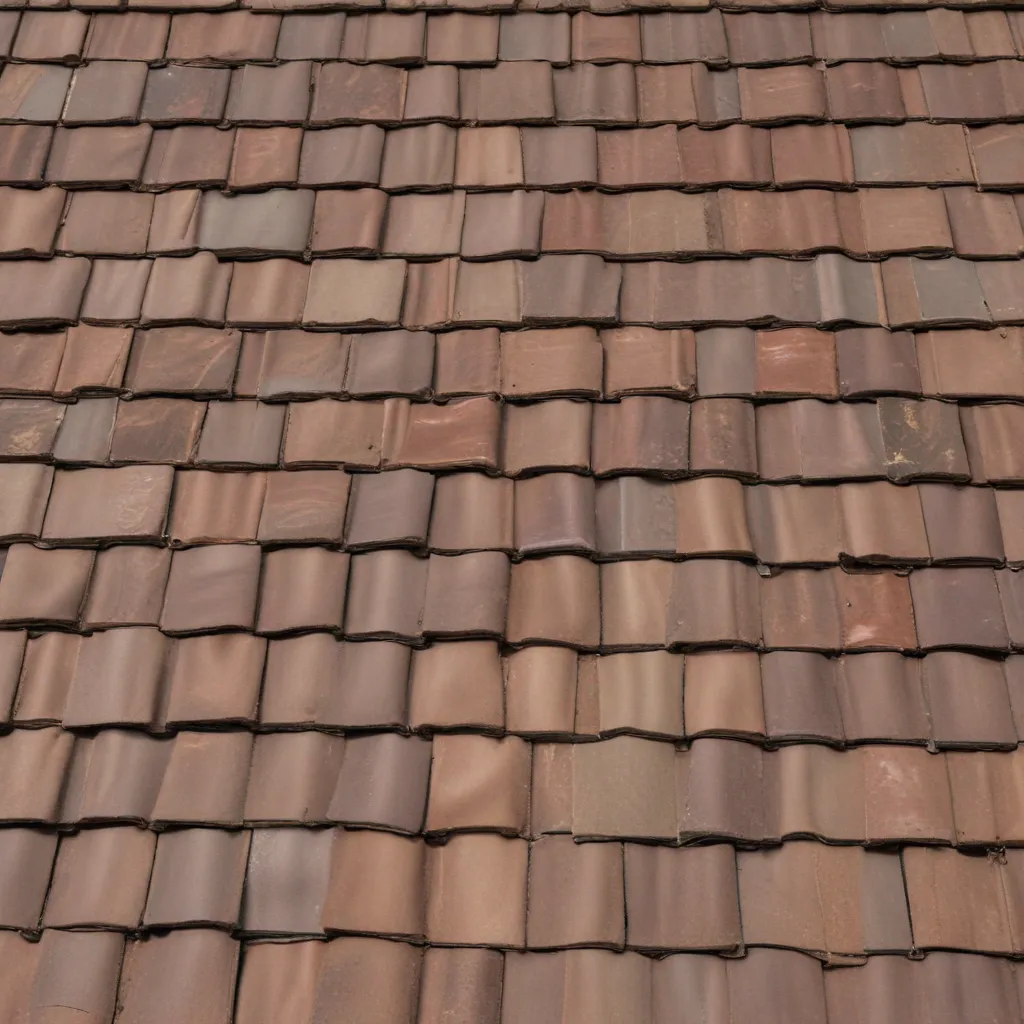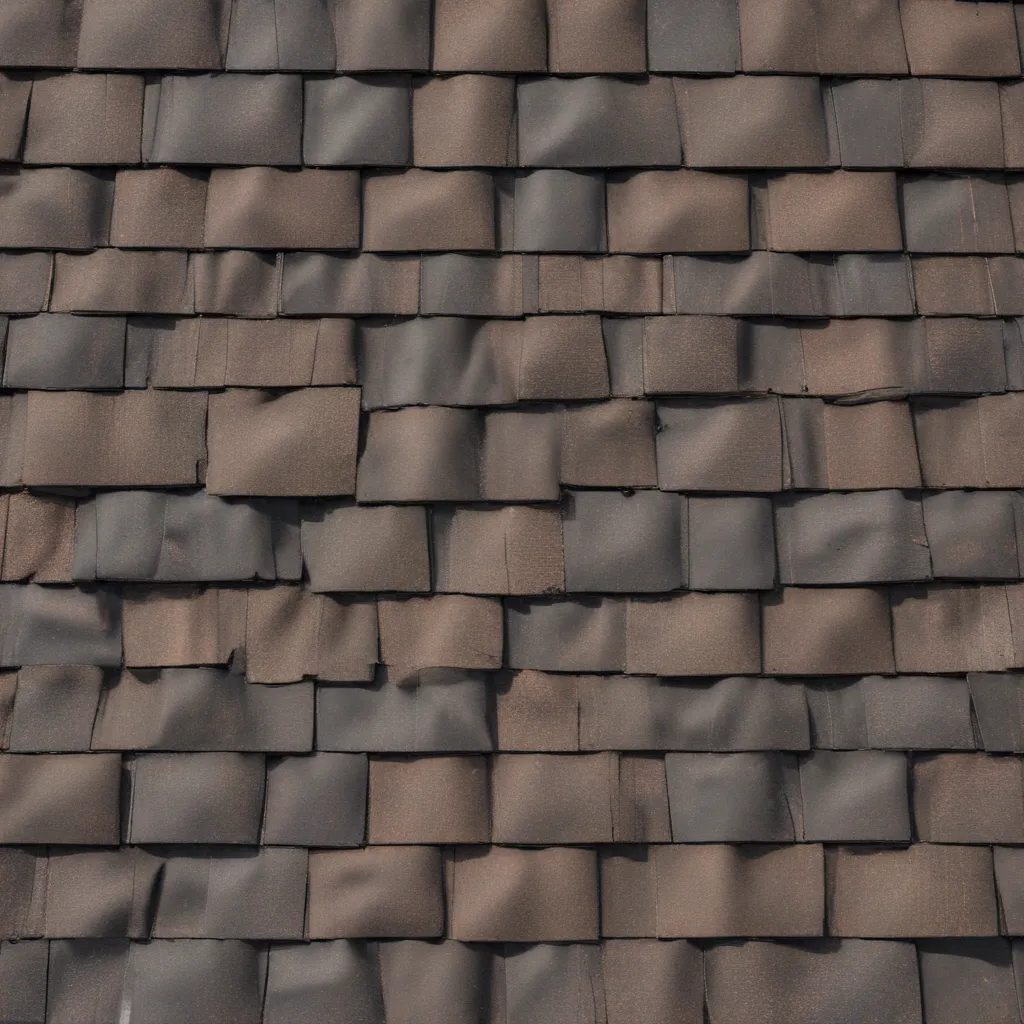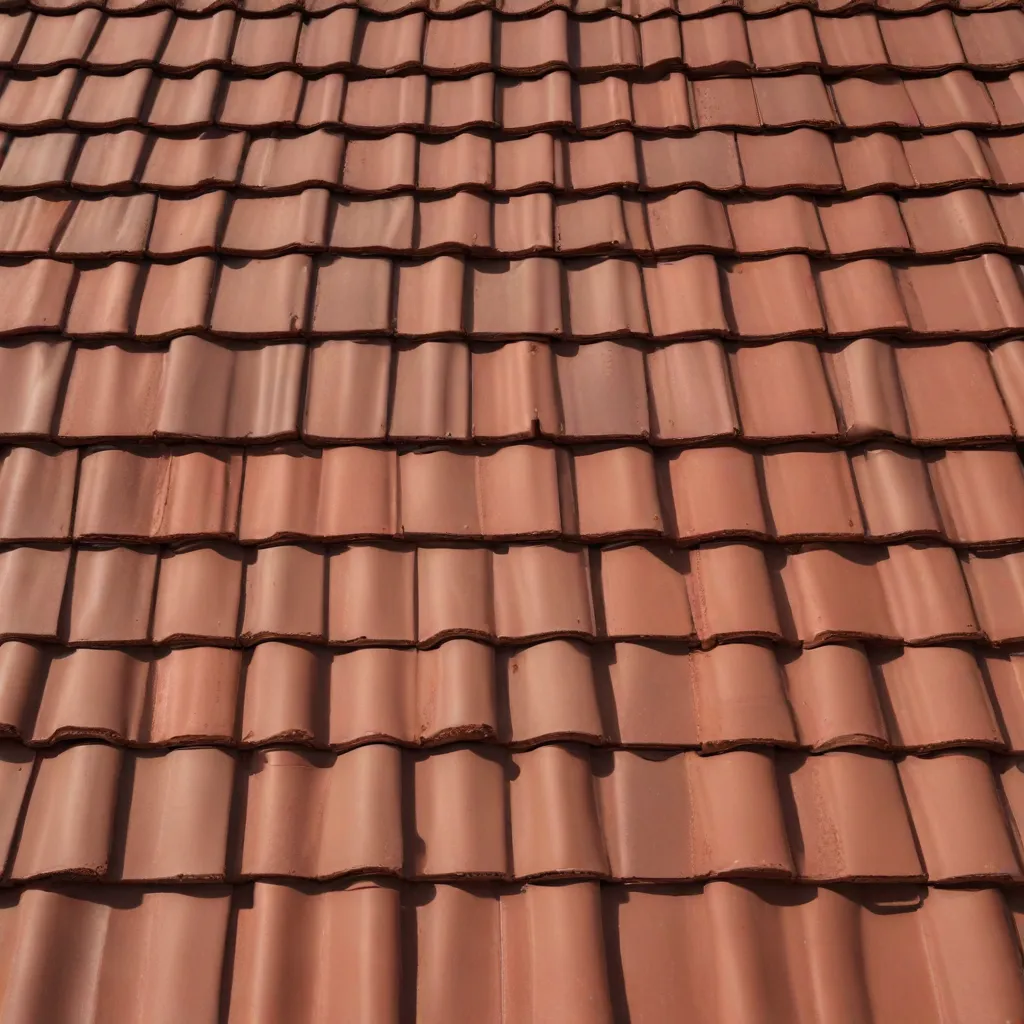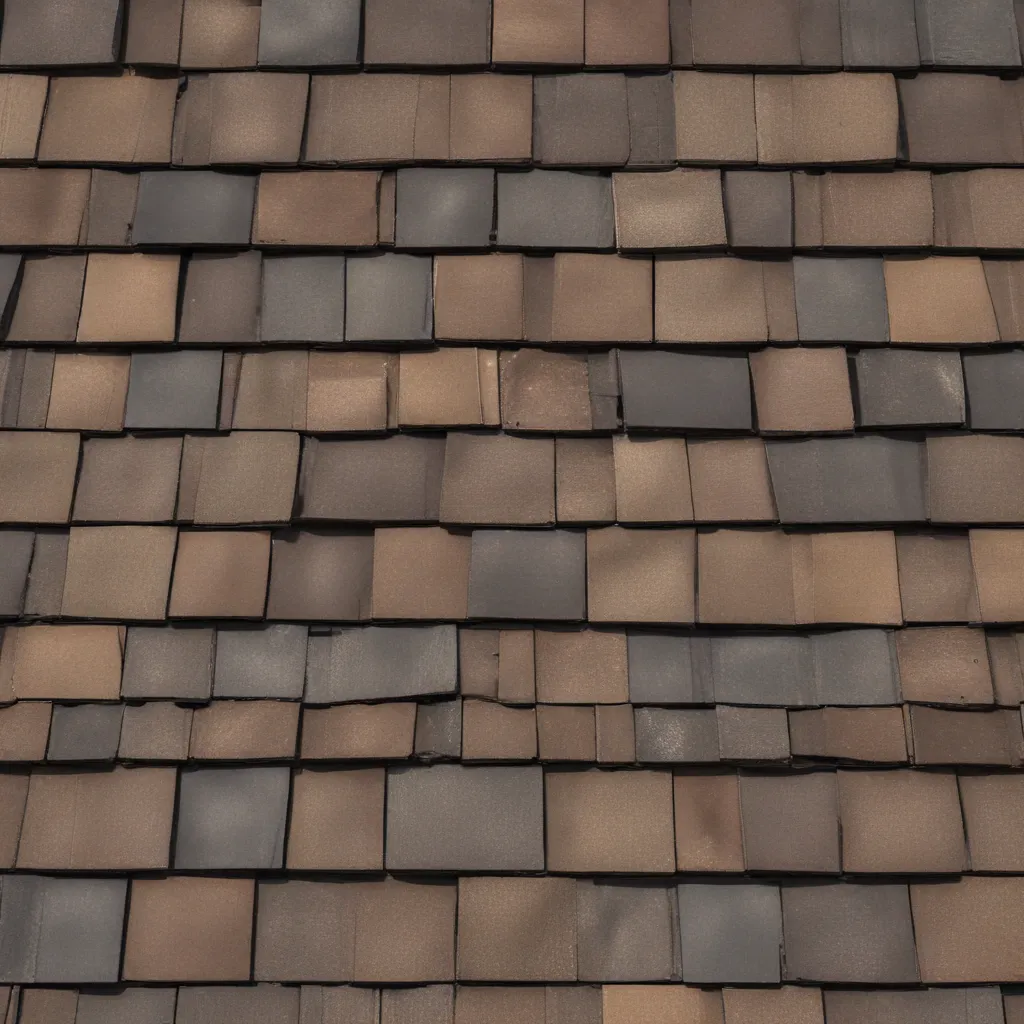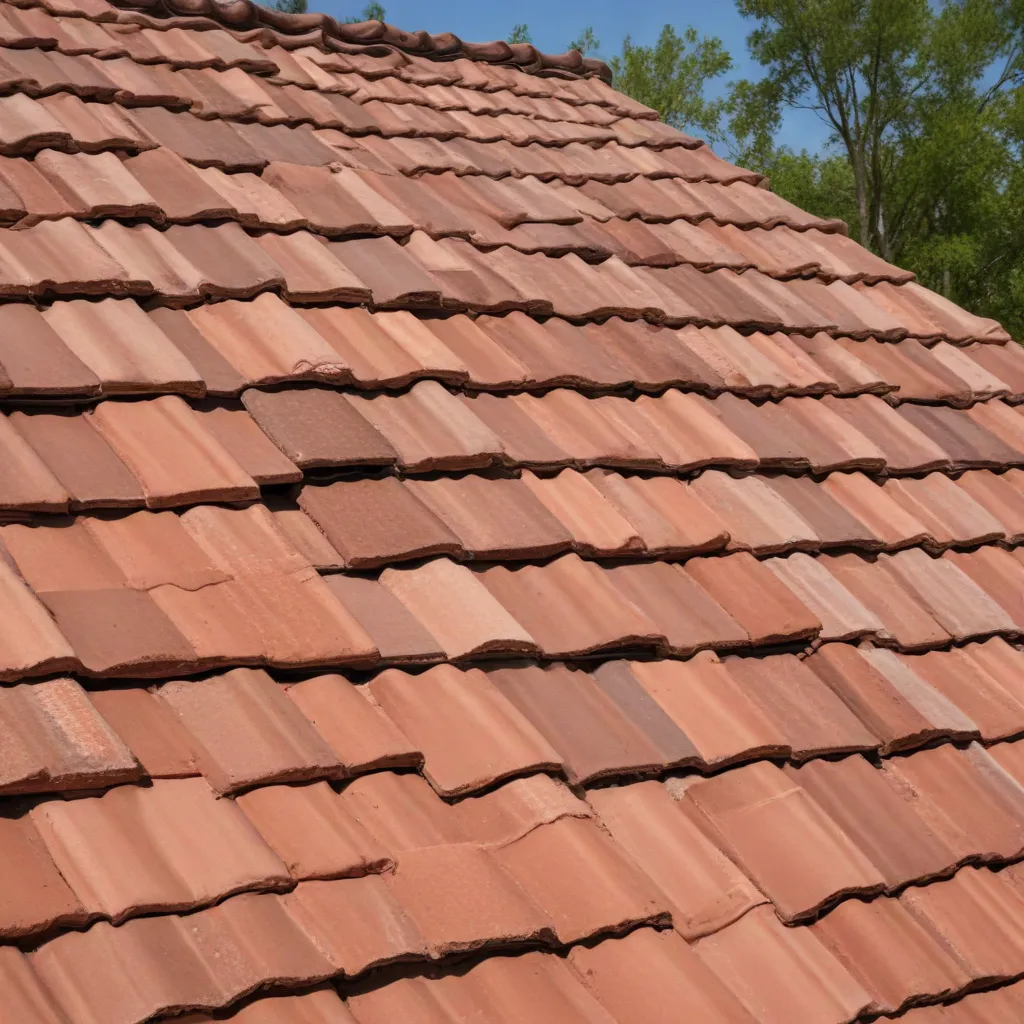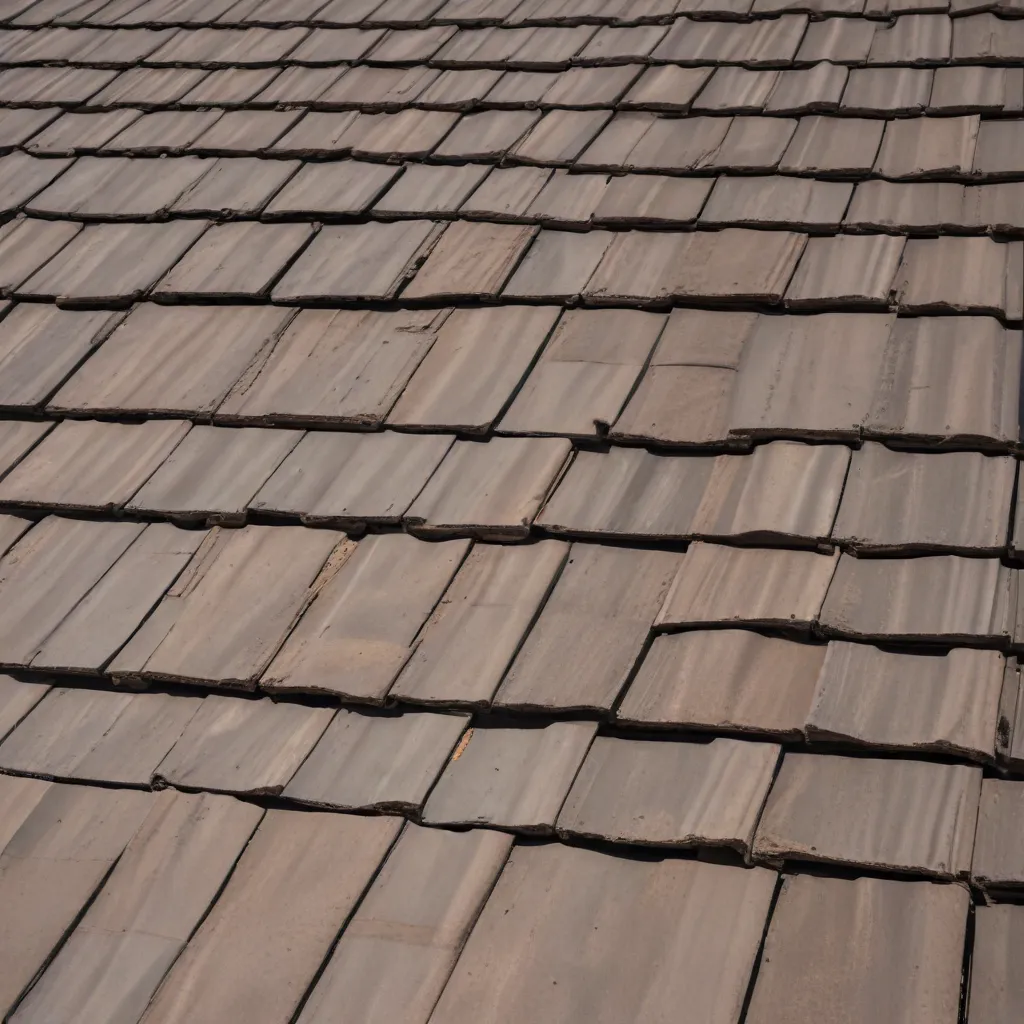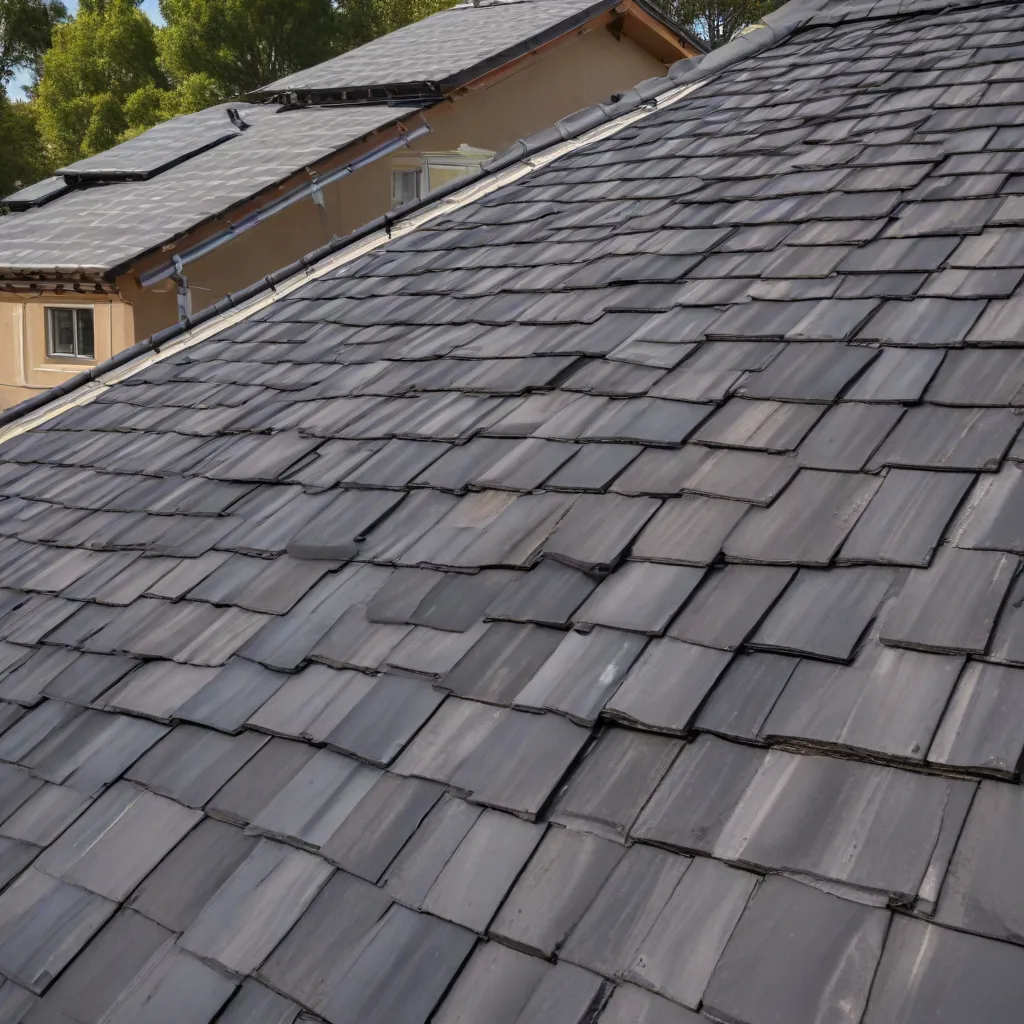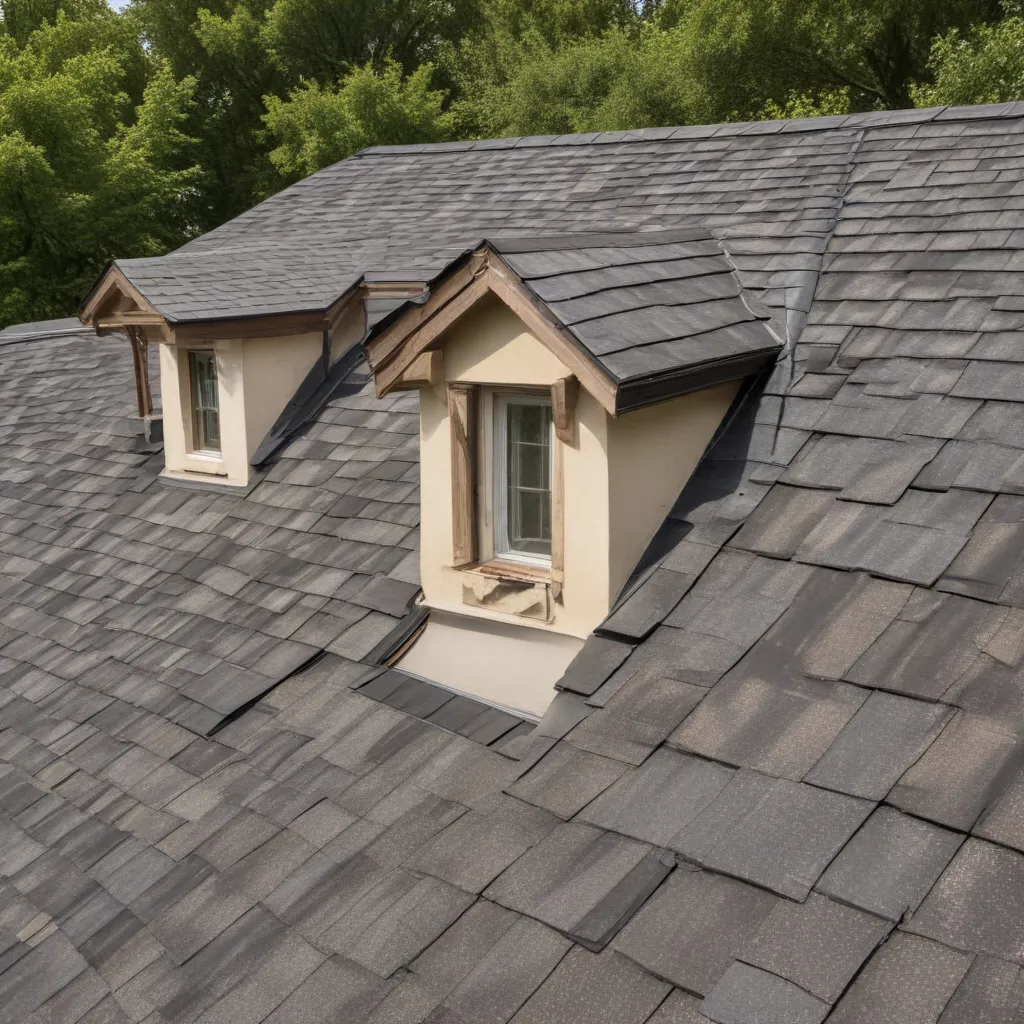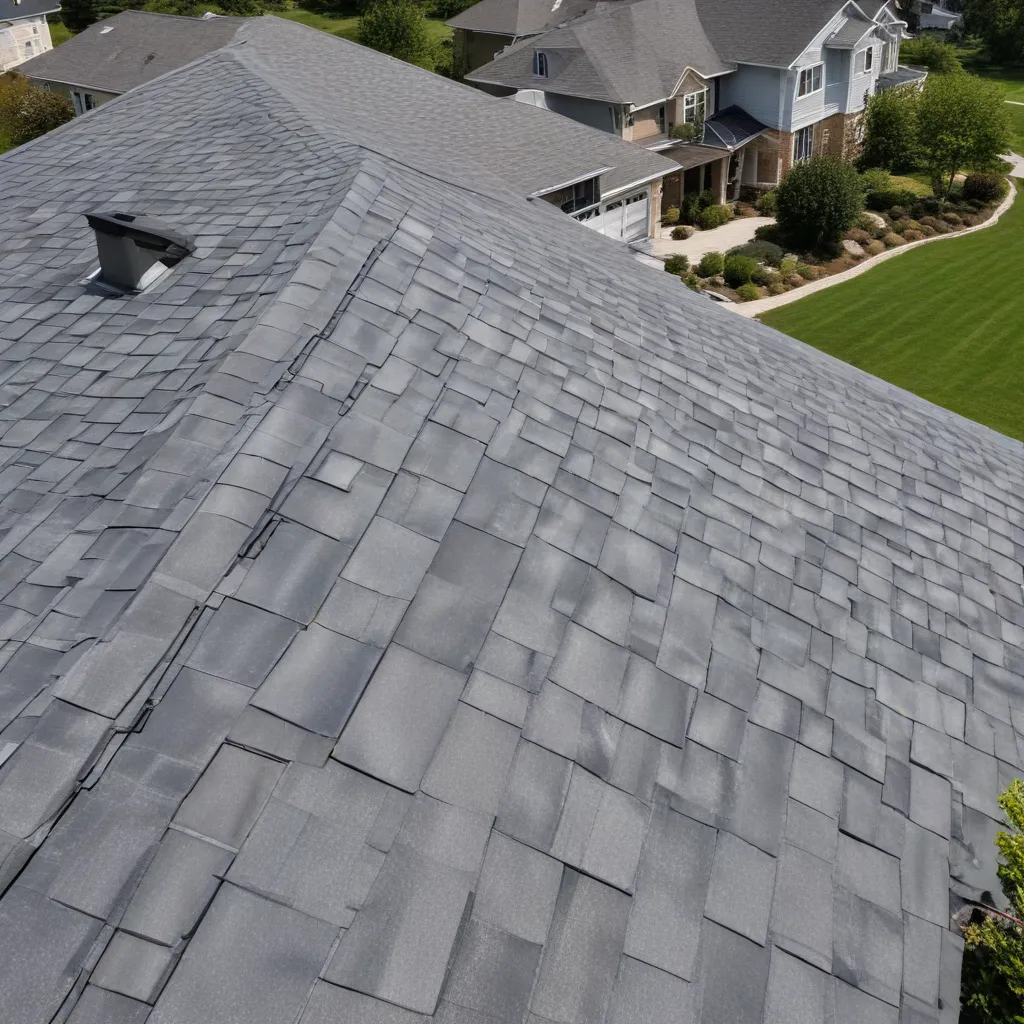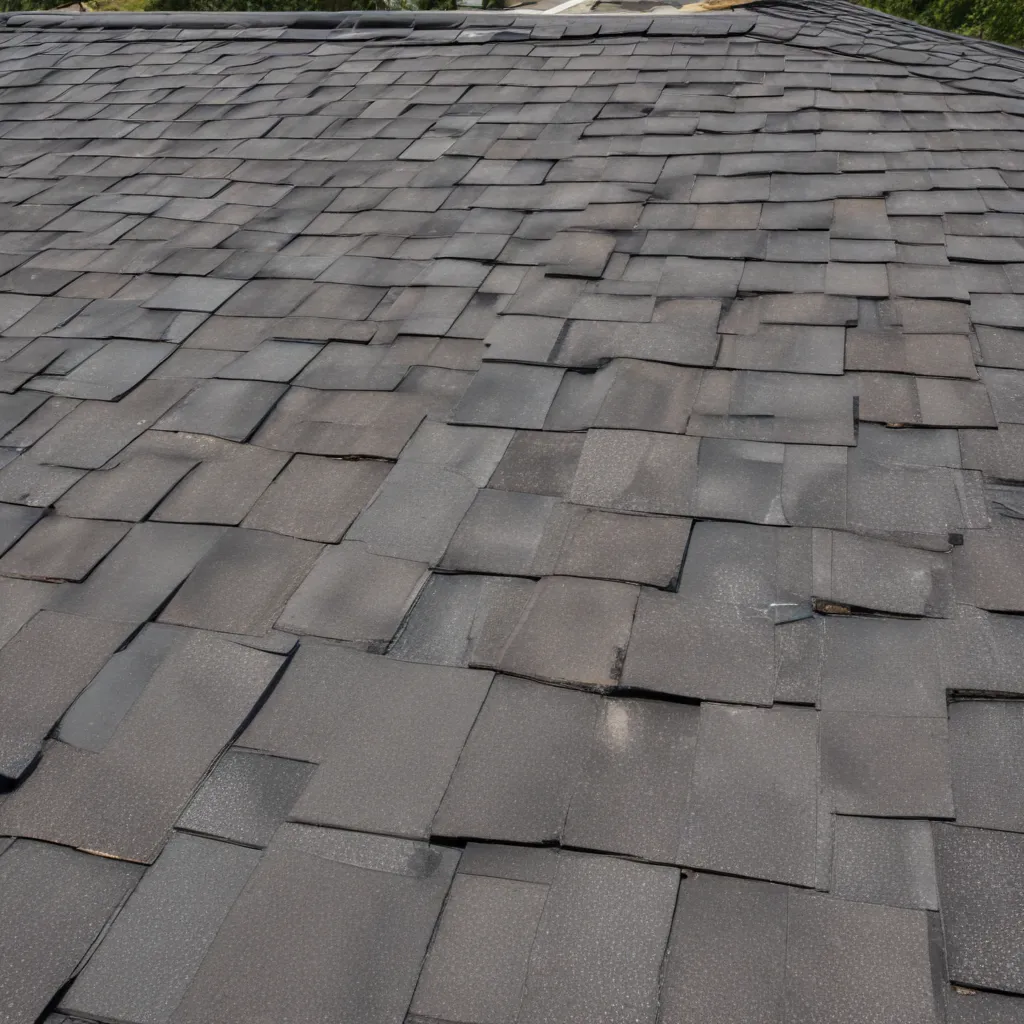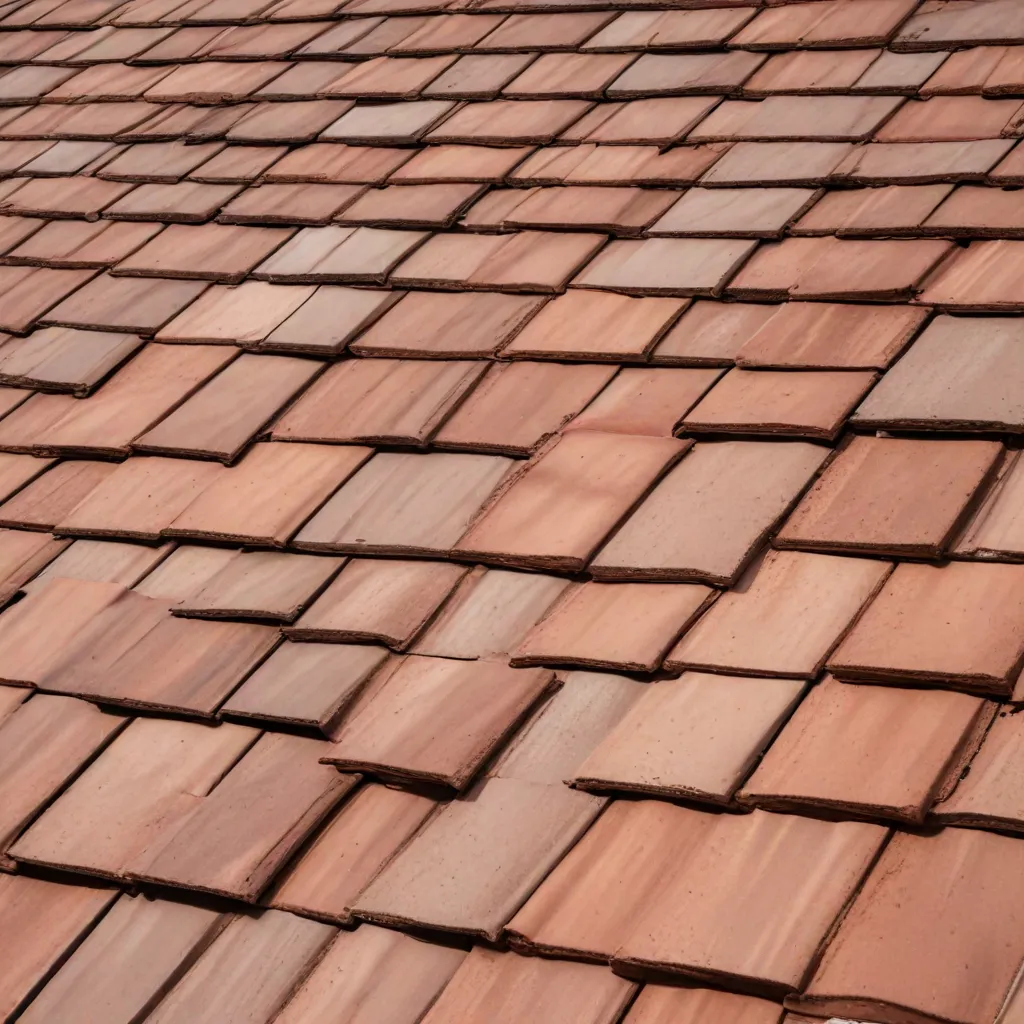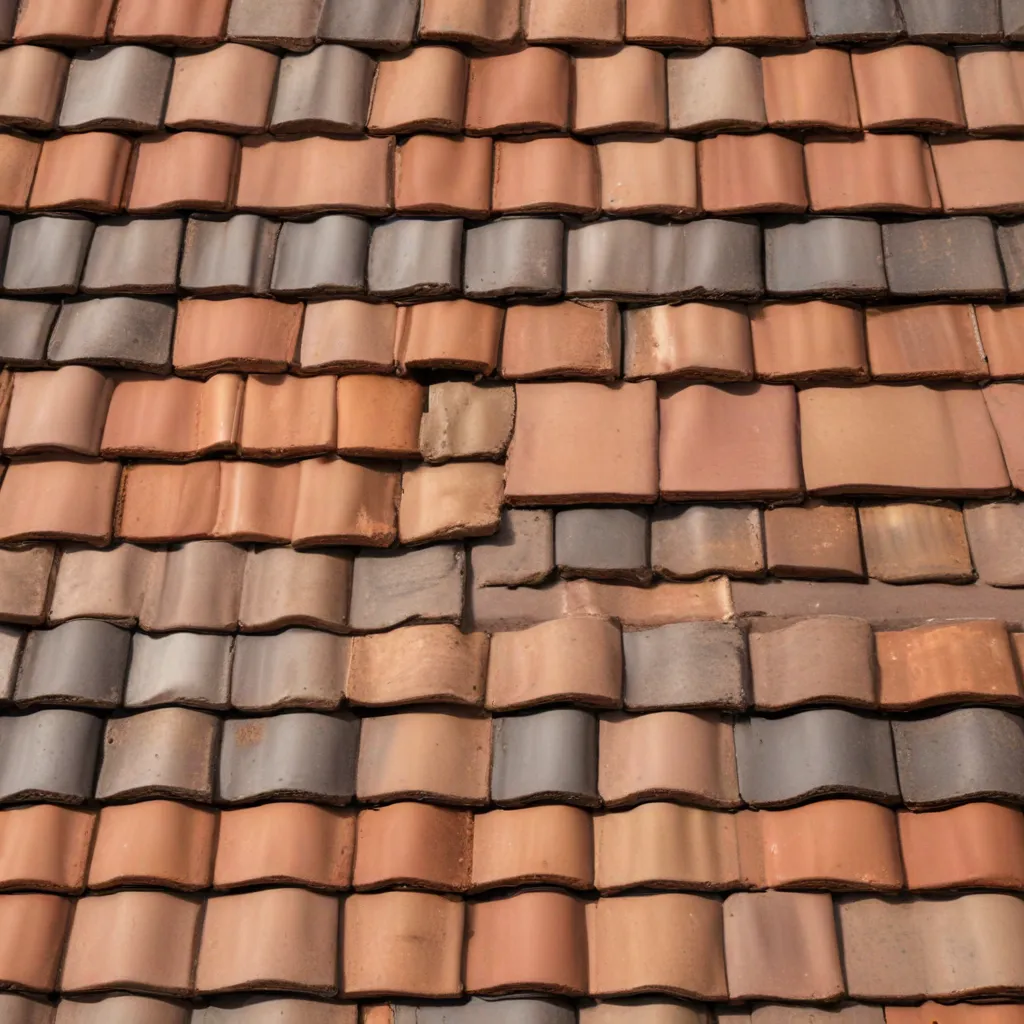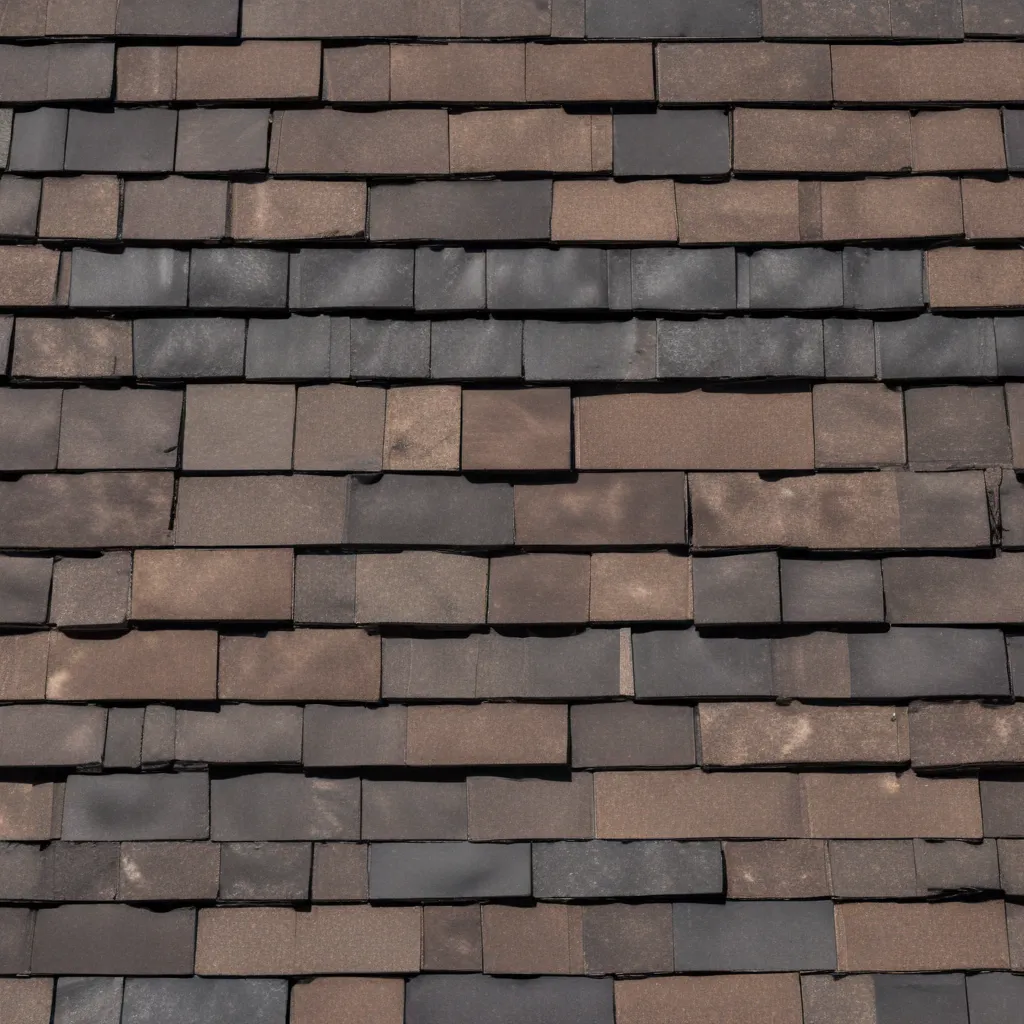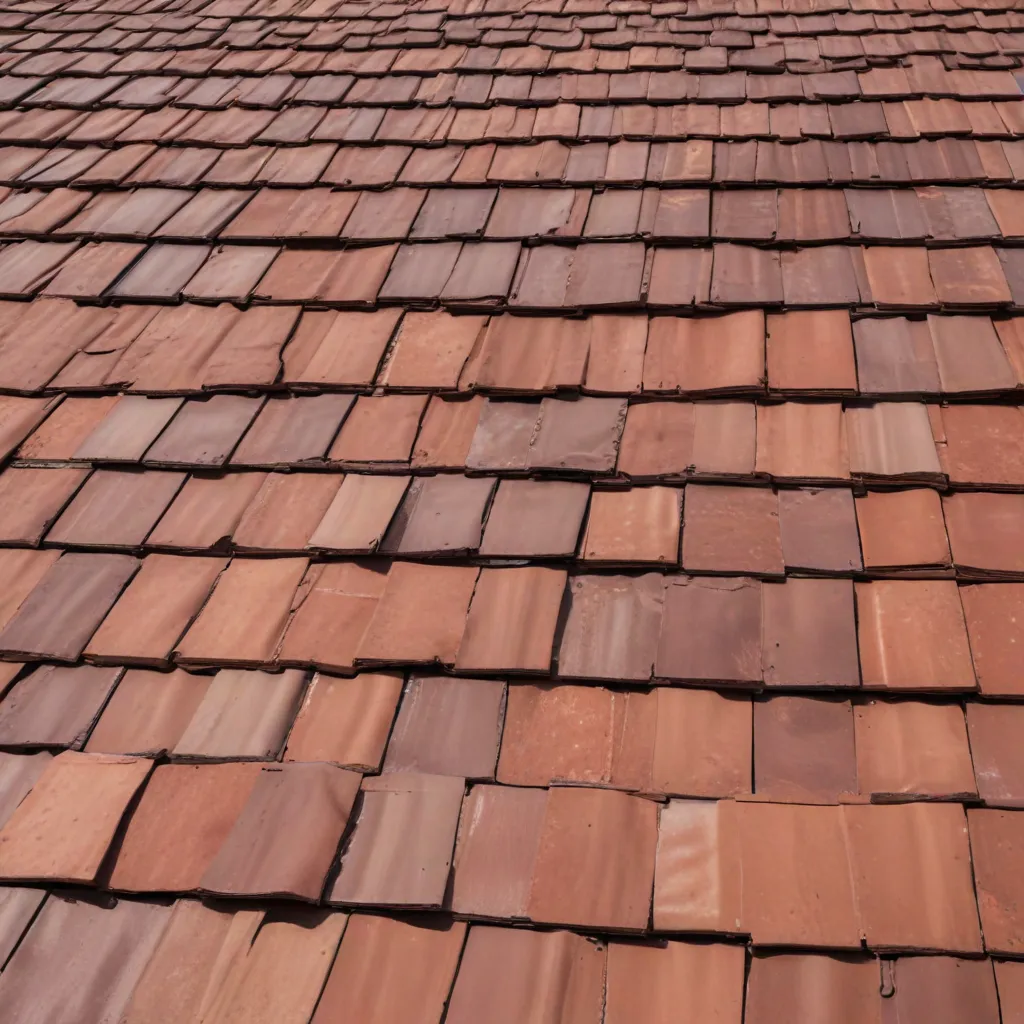When it comes to creating a comfortable and energy-efficient home, many homeowners overlook the importance of roofing insulation. A well-insulated roof not only helps regulate the temperature inside your house but also plays a crucial role in reducing energy consumption and utility bills. In this comprehensive guide, we will explore the benefits of roofing insulation, the different types available, and how to choose the right insulation for your home. By the end of this article, you will have a clear understanding of why roofing insulation is a vital component of a sustainable and comfortable living space.
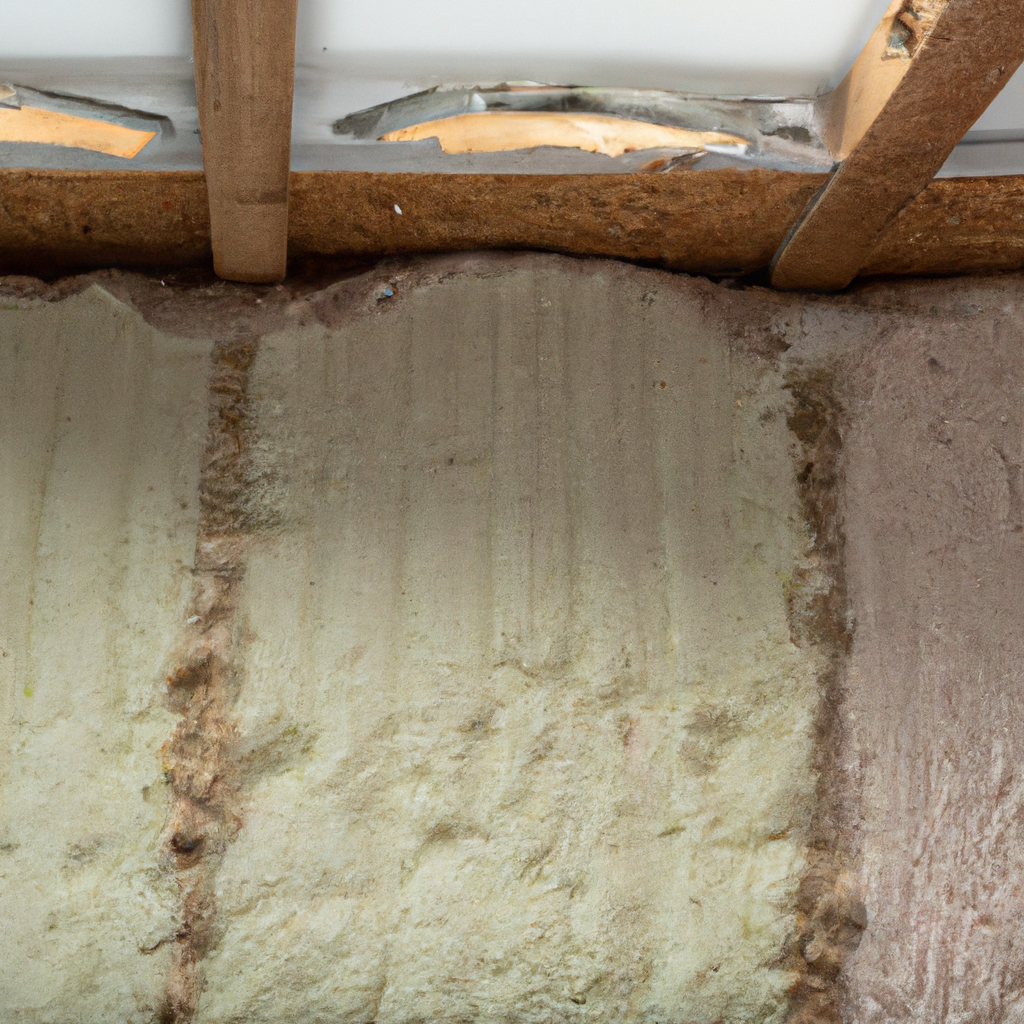
The Importance of Roofing Insulation
- Energy Efficiency: Proper insulation in your roof acts as a barrier, preventing the transfer of heat between your home and the outside environment. This leads to reduced reliance on heating and cooling systems, ultimately resulting in significant energy savings. By improving the energy efficiency of your home, you can lower your carbon footprint and contribute to a greener planet.
- Comfort and Temperature Regulation: Insulation helps maintain a consistent indoor temperature throughout the year. During hot weather, it prevents the sun’s heat from penetrating your home, keeping it cooler. In colder months, it prevents heat from escaping, ensuring a cozy and warm interior. With effective roofing insulation, you can enjoy a comfortable living space regardless of the weather conditions outside.
- Noise Reduction: Insulation not only helps with temperature control but also acts as a sound barrier. It minimizes the transmission of external noise, such as traffic or neighborhood disturbances, ensuring a peaceful and quiet home environment.
- Moisture Control: A well-insulated roof helps prevent moisture buildup and condensation, reducing the risk of mold and mildew growth. Moisture can seep into your home through the roof, causing structural damage and health issues. By investing in quality roofing insulation, you can protect your home from moisture-related problems.
Types of Roofing Insulation
There are several types of roofing insulation available, each with its own advantages and suitability for different climates and budgets. Let’s take a closer look at some popular options:
- Fiberglass Insulation: Fiberglass insulation consists of tiny glass fibers that trap air pockets, providing excellent thermal resistance. It is widely used due to its affordability, fire resistance, and ease of installation. Fiberglass insulation comes in batts or rolls and can be fitted between roof joists or in the attic.
- Cellulose Insulation: Made from recycled paper or plant fibers, cellulose insulation is an eco-friendly option that offers good thermal and sound insulation properties. It is treated with fire-retardant chemicals to improve safety. Cellulose insulation is often blown into attics or enclosed roof cavities, ensuring complete coverage.
- Spray Foam Insulation: Spray foam insulation is a versatile option that expands upon application, filling gaps and providing an airtight seal. It offers excellent thermal resistance and is highly effective in reducing energy loss. Spray foam insulation can be applied to the underside of the roof deck, creating a continuous barrier against heat transfer.
- Reflective Insulation: Reflective insulation is typically made from aluminum foil laminated onto paper, plastic, or cardboard. It works by reflecting radiant heat away from the home, keeping it cooler. Reflective insulation is commonly used in hot climates or areas with intense sunlight.
Choosing the Right Roofing Insulation
Selecting the most suitable roofing insulation for your home requires careful consideration of various factors. Here are some key points to keep in mind:
- Climate and Location: The climate in which you reside plays a significant role in determining the type of insulation you need. Hot climates may require insulation with a higher reflective capacity, while colder regions might benefit from higher R-value insulation. Consider the weather patterns and temperature fluctuations in your area when making a decision.
- R-Value: The R-value measures the insulation’s resistance to heat flow. A higher R-value indicates better insulation performance. Determine the R-value recommended for your region and ensure your chosen insulation meets or exceeds that requirement.
- Installation Method: Consider the feasibility and ease of installation for each type of insulation. Some options may require professional installation, while others can be tackled as a DIY project. Factor in your budget and skill level when deciding on the installation method.
- Budget: Evaluate your budget and weigh the cost of different insulation types against their long-term benefits. While some options may have a higher upfront cost, they can result in significant energy savings over time.
Conclusion
Roofing insulation is a crucial element in creating a comfortable, energy-efficient, and sustainable home. By investing in quality insulation, you can regulate indoor temperatures, reduce energy consumption, and enjoy a quieter living environment. With various types of insulation available, it’s important to consider your climate, R-value requirements, and budget when making a decision. Whether you opt for fiberglass, cellulose, spray foam, or reflective insulation, the key is to prioritize the long-term benefits and the positive impact it will have on your home and the environment. Take the first step towards a more comfortable and energy-efficient home by choosing the right roofing insulation today.

